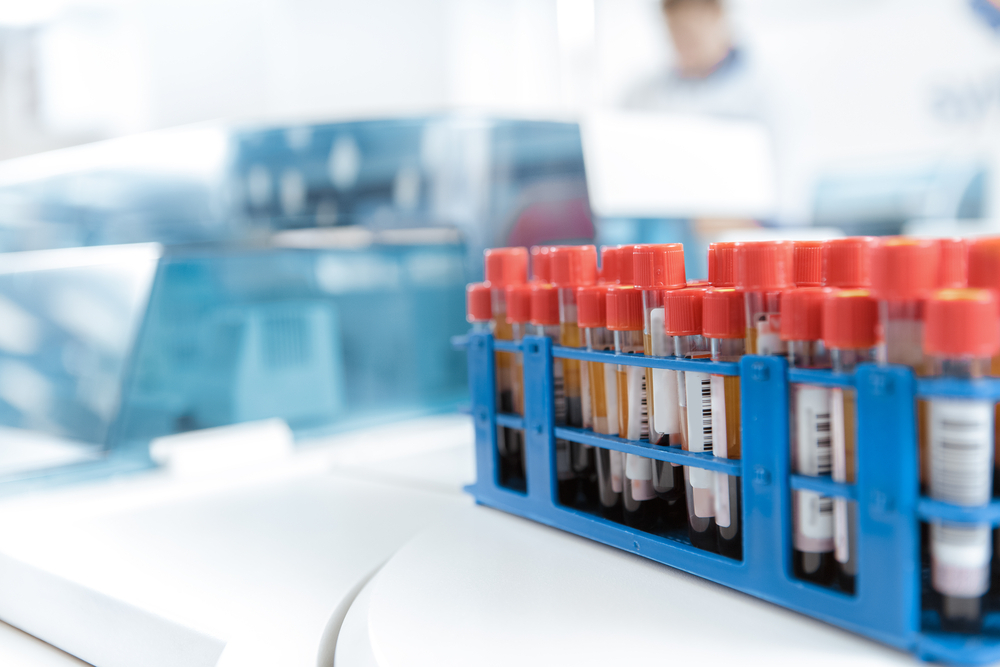Trichomoniasis: Comprehensive Guide to Causes, Symptoms, Testing, and Treatment

Introduction
Trichomoniasis, often referred to as "trich"is a common sexually transmitted infection(STI) caused by a parasite called Trichomonas vaginalis. It primarily affects the urogenital tract and can cause a range of symptoms, although many people remain asymptomatic. This blog aims to provide a comprehensive overview of trichomoniasis, covering its causes, symptoms, testing methods, and available treatments. Understanding this infection is crucial for maintaining sexual health and preventing its spread.
What is Trichomoniasis?
Trichomoniasis is a sexually transmitted infection caused by the protozoan parasite Trichomonas vaginalis. It is one of the most common curable STIs globally, affecting millions of people each year. The infection is transmitted through vaginal, oral, or anal sex, and can also spread through genital touching.
Causes of Trichomoniasis
Trichomoniasis is caused by the Trichomonas vaginalis parasite. The infection spreads through sexual contact with an infected person. It can affect both men and women, but women are more likely to experience symptoms. The parasite primarily infects the lower genital tract in women and the urethra in men.
Symptoms of Trichomoniasis
Many individuals infected with trichomoniasis do not show any symptoms. When symptoms do occur, they may include:
- Impact on individuals: Diabetes can significantly affect quality of life and increase the risk of other health issues.
- Public health burden:The prevalence of diabetes is rising globally, posing a significant economic burden on healthcare systems.
- Early detection and intervention:Awareness can lead to early detection and prompt treatment, helping to prevent or delay complications.
Diabetes Prevention
Preventing diabetes involves adopting a healthy lifestyle and making proactive choices:
- Healthy eating:Focus on a balanced diet rich in fruits, vegetables, whole grains, lean proteins, and healthy fats. Limit intake of sugary drinks, processed foods, and high-calorie snacks.
- Regular exercise:Aim for at least 150 minutes of moderate-intensity aerobic activity per week, such as brisk walking, swimming, or cycling. Incorporate strength training exercises at least twice a week.
- Weight management:Maintain a healthy weight by balancing calorie intake with physical activity. Even a modest weight loss can significantly reduce the risk of developing type 2 diabetes.
Tips for Managing Diabetes
For those already living with diabetes, effective management is essential for maintaining health and preventing complications:
- Medication management:Take prescribed medications as directed by your healthcare provider to help control blood sugar levels.
- Blood sugar monitoring: Regularly monitor your blood sugar levels at home using a glucose meter. Keep track of your readings and report any significant changes to your healthcare team.
- Meal planning:Work with a registered dietitian to develop a personalized meal plan that fits your dietary needs and lifestyle. Monitor carbohydrate intake and spread meals and snacks evenly throughout the day.
- Physical activity:Stay active with regular exercise to help improve insulin sensitivity and control blood sugar levels. Consult with your healthcare provider before starting any new exercise program.
- Stress management:Practice stress-reducing techniques such as deep breathing, meditation, or yoga to help manage diabetes-related stress and promote overall well-being.
Conclusion
In conclusion, understanding diabetes, its risk factors, and its complications is the first step toward effective prevention and management. By making healthy lifestyle choices, staying informed, and seeking support from healthcare professionals, you can take control of your health and reduce the risk of developing diabetes. Remember, prevention is key, and Asto Labs is here to support you every step of the way on your journey to optimal health and well-being.





